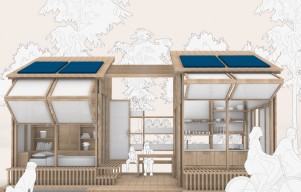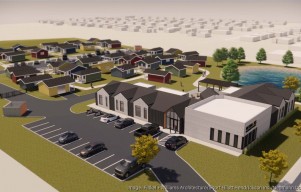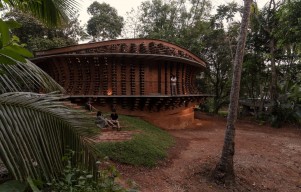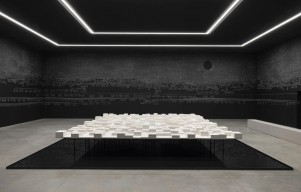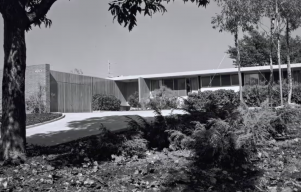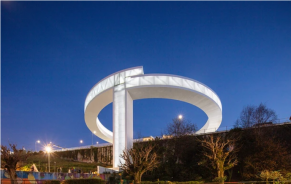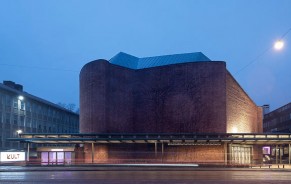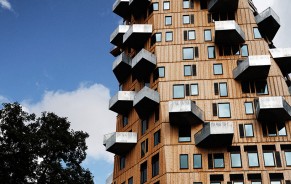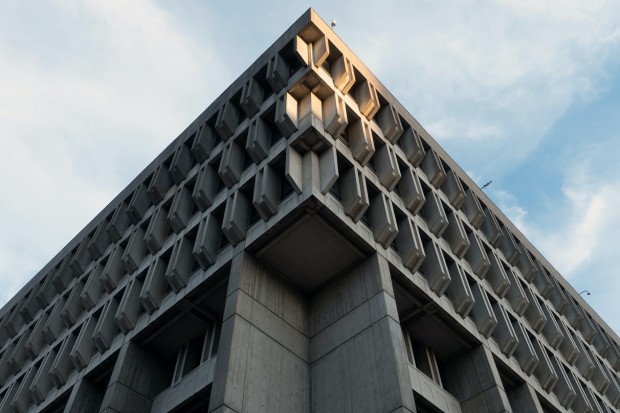
The housing crisis that followed World War II gave rise to brutalist architecture, which has since become divisive in the design community. Some find its enormous concrete buildings and materials' honesty admirable, but others find it oppressive and connected to social evils. This essay explores the love/hate relationship with brutalism, looking at its historical roots, aesthetic development, social effects, and continued relevance in the twenty-first century.
Origins and Evolution
The term was Coined "New Brutalism" by British architect Alison Smithson in 1953 and sparked debates over its true origin. From Le Corbusier's béton brut designs to Hans Asplund's early use of "nybrutalism," the style quickly evolved into massive concrete structures that embraced their size, verticality, and the raw material used. Architects like Smithson saw Brutalism as an aesthetic experiment and a response to the dire post-war conditions, aiming to rebuild a new world marked by destruction.
Also Read: Baku's Rich History Explored Through Its Unique Architecture
Spatial Complexity and Honesty in Design
Barbara A. Campagna highlights Brutalism's powerful and honest style, which didn't attempt to conceal the concrete but celebrated it. She notes that the intricate spatial and geometric complexities of Brutalist buildings provide a memorable experience for those who walk through them. This architectural movement didn't shy away from its bold and massive forms, making it a distinctive and honest representation of its time.
Post-War Rebuilding and Purpose
The post-war era demanded a shift in architectural focus, and Brutalism rose to prominence as a solution to contemporary problems. Large housing complexes, such as Trellick Tower by Ernő Goldfinger and the Barbican Estate by Chamberlin, Powell, and Bon, exemplified Brutalism's purpose structures built for housing developments, symbolizing the rebuilding efforts after the war. In the United States, Paul Rudolph's Art and Architecture Building at Yale showcased Brutalism's adaptability across different building types.
Despite early successes, Brutalism fell out of favor in the 1970s. The once-uplifting icons of post-war development became perceived as overpowering, cold structures associated with societal issues. The aesthetic experiment faced criticism for its perceived lack of warmth and human scale, leading to a decline in popularity.
The Contemporary Debate
The 21st century still sees love and hate emanating from the brutalist movement. Its relevance and influence are still up for debate; some people applaud its lasting influence, while others point out what they see as its flaws. The style has left an indelible mark on architecture and design, infiltrating various aspects of everyday life, from books to fashion to household decor.
The love/hate relationship with brutalist architecture reflects the complex interplay between historical contexts, architectural aesthetics, and societal values. From its inception as a response to post-war difficulties until its eventual fall from grace in the 1970s, brutalism has been a symbol of perseverance and inventiveness. The ongoing discourse surrounding brutalism in the twenty-first century demonstrates a profound comprehension of its influence, guaranteeing that this contentious architectural style will persistently influence discussions concerning the constructed surroundings and their societal ramifications. Whether embraced or despised, brutalism is still a significant period in the history of architecture.
Related Article: 'Hand and Machine' Exhibition Explores Architects' Shift From Analogue to Digital Practices
